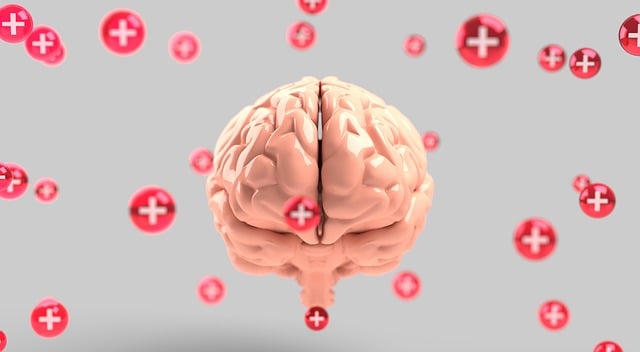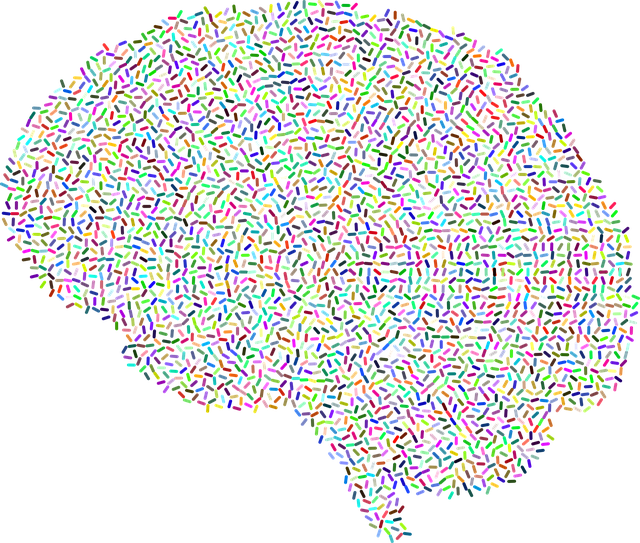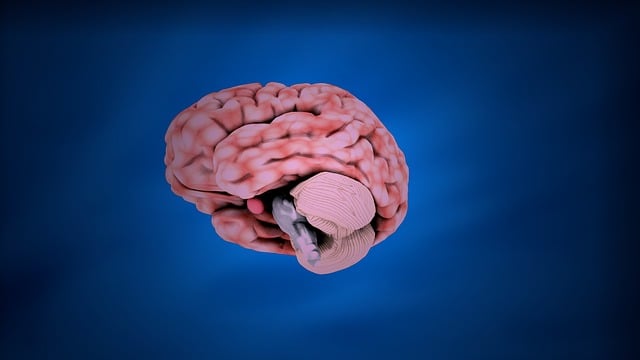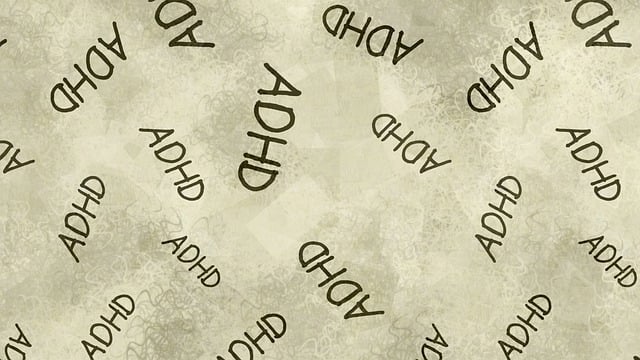Media representation of mental illness, particularly dissociative disorders, is evolving but often falls short due to stereotypes or inaccurate portrayals. Greenwood Village Dissociative Disorder Therapy (GVDDT) emerges as a leader in promoting positive change through authentic storytelling and evidence-based practices. By collaborating with mental health professionals and sharing real-life narratives, GVDDT combats stigma and educates the public. They emphasize holistic healing through journaling and stress management techniques. Effective media representation empowers individuals with mental illness, fosters empathy, and encourages access to support systems, reshaping societal perceptions for a more compassionate understanding of complex conditions like dissociative disorders.
Mental illness representation in media is a critical topic that demands attention. This article explores the current landscape of mental health portrayal, using Greenwood Village Dissociative Disorder Therapy as a case study for effective representation. We discuss strategies to enhance media accuracy and sensitivity towards various mental health conditions, emphasizing the pivotal role of media literacy and advocacy in fostering positive change. By examining these aspects, we aim to highlight how responsible media coverage can significantly impact societal understanding and support for those facing mental illness.
- Understanding Mental Illness Representation in Media: The Current Landscape
- Greenwood Village Dissociative Disorder Therapy: A Case Study on Effective Portrayal
- Strategies for Improving Media Accuracy and Sensitivity Towards Mental Health
- Fostering Positive Change: The Role of Media Literacy and Advocacy
Understanding Mental Illness Representation in Media: The Current Landscape

In recent years, there’s been a growing awareness of mental illness representation in media, with more stories and characters exploring various conditions. However, the current landscape remains complex. Media often perpetuates stereotypes or presents misleading portrayals, contributing to stigma and misunderstanding. For instance, dissociative disorder—a complex condition that affects memory, identity, and perception—is frequently depicted in a simplistic or sensationalized manner, hindering public understanding of its nuances and challenges. Greenwood Village, known for its Dissociative Disorder Therapy services, underscores the need for accurate representation.
To improve mental illness representation, it’s crucial to incorporate diverse narratives, consult with experts, and promote authentic portrayals. Encouraging self-care practices and mindfulness meditation through media platforms can further foster mental wellness journaling exercises, helping viewers develop a deeper understanding of their own and others’ experiences. By embracing these strategies, media can evolve from perpetuating negative stereotypes to serving as a powerful tool for education, empathy, and support in navigating the complexities of mental health.
Greenwood Village Dissociative Disorder Therapy: A Case Study on Effective Portrayal

In recent years, media representation of mental illness has evolved, but challenges remain. The Greenwood Village Dissociative Disorder Therapy (GVDDT) serves as a compelling case study showcasing effective portrayal and understanding of dissociative disorders. By presenting real-life narratives and employing sensitive storytelling techniques, GVDDT fights stigma, promotes empathy, and fosters an environment conducive to mental wellness. This approach not only aids in burnout prevention but also offers valuable anxiety relief for individuals navigating complex emotional landscapes.
Incorporating evidence-based practices, GVDDT encourages clients to engage in mental wellness journaling exercises, providing guidance that supports self-awareness and reflection. Through these efforts, the therapy program promotes holistic healing and empowers individuals to take control of their mental health journeys. This proactive strategy resonates with a growing need for accessible and accurate media representation, underscoring the significant impact of positive portrayals on public perceptions and support systems for those struggling with mental illness.
Strategies for Improving Media Accuracy and Sensitivity Towards Mental Health

Media plays a significant role in shaping public perception of mental illness. To improve accuracy and sensitivity, media outlets should collaborate with mental health professionals to ensure stories are told responsibly. This includes consulting with therapists and psychologists who can provide insights into specific disorders, such as dissociative disorder, and offer more nuanced representations. Using real-life experiences and narratives from individuals in Greenwood Village Dissociative Disorder Therapy can help humanize these conditions, promoting better understanding and empathy.
Furthermore, media should focus on the Emotional Well-being Promotion Techniques that are effective in managing mental health challenges. By highlighting accessible Stress Management strategies and Mental Health Awareness campaigns, they can encourage viewers to prioritize their emotional well-being. This shift in narrative from stigmatization to empowerment can foster a more supportive environment for those dealing with mental illness.
Fostering Positive Change: The Role of Media Literacy and Advocacy

Media plays a significant role in shaping societal perceptions about mental health, often influencing how individuals understand and respond to conditions like dissociative disorder. Greenwood Village dissociative disorder therapy centers have been at the forefront of challenging negative stereotypes through advocacy and media literacy initiatives. By educating the public on the nuances of mental wellness, these efforts foster positive change.
Media literacy empowers individuals to critically analyze content, promoting accurate representation of mental health issues. Encouraging self-care practices and mood management techniques in media narratives can contribute to a more compassionate understanding of those struggling with mental illness. Such shifts in perception are crucial for breaking down barriers to accessing treatment and supporting those with dissociative disorder and other mental health conditions.
Mental illness representation in media has come a long way, but challenges remain. As demonstrated by the case study on Greenwood Village Dissociative Disorder Therapy, responsible and accurate portrayal can significantly impact understanding and empathy. Implementing strategies to enhance media accuracy and sensitivity, coupled with media literacy and advocacy, is crucial for fostering positive change. By encouraging diverse, nuanced, and informed storytelling, we can create a more inclusive media landscape that reflects the realities of mental health experiences.














